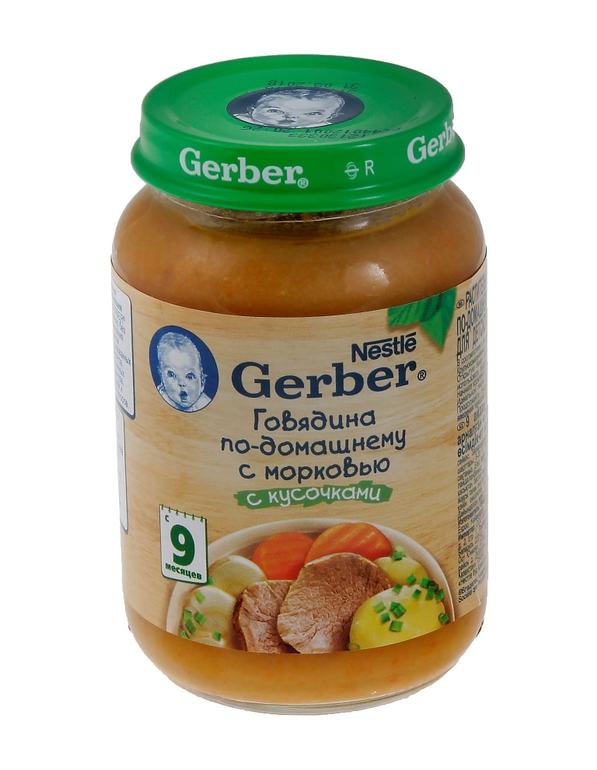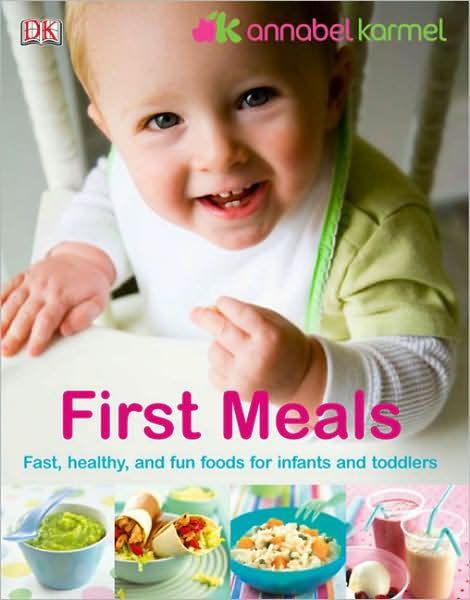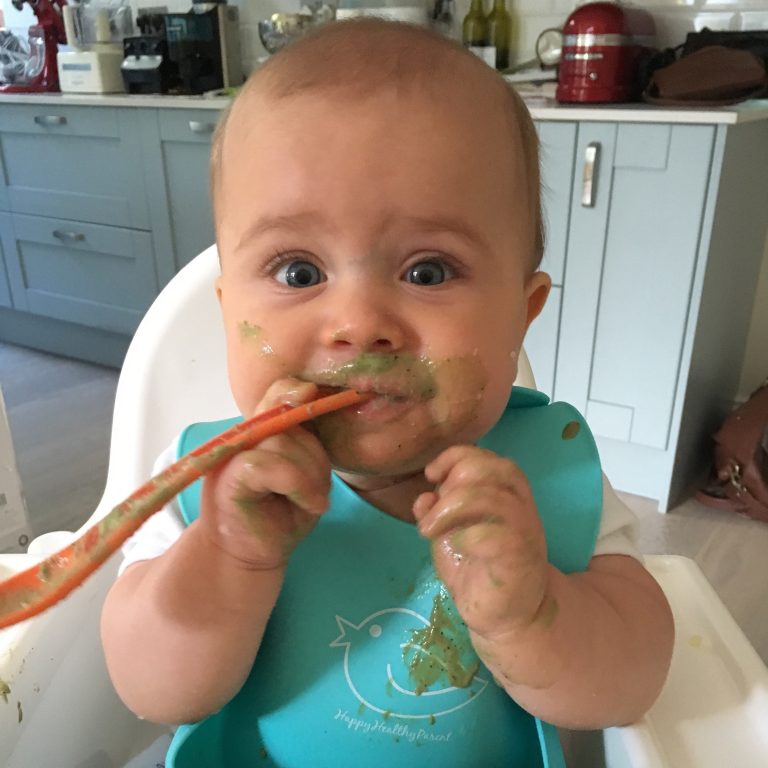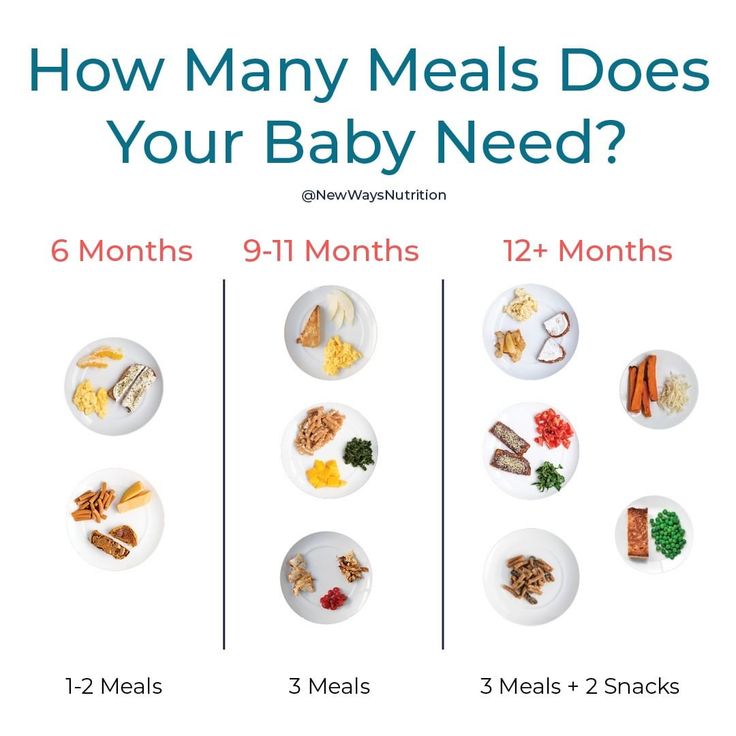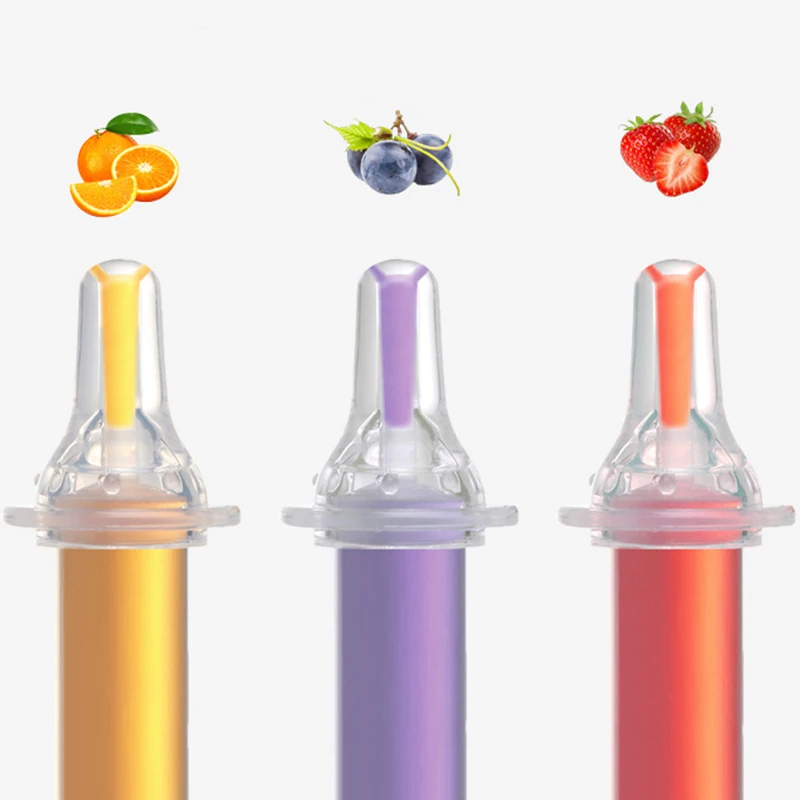Baby banana food for dogs
Can Dogs Eat Baby Food? What You Need To Know
The answer to “can dogs eat baby food” might surprise you! It all depends on the type of food. Read on to see why you should be careful.
Baby food is just pureed food. It should be safe for dogs, right? This guide will tell you whether it’s safe and why you should be careful.
For ultimate pet safety, please ask your vet any questions you have regarding your dog eating baby food.
Table Of Contents
- Can Dogs Eat Baby Food?
- Do Not Replace Food With Baby Food
- Can Dogs Eat Baby Formula?
- Can Dogs Eat Gerber Baby Food?
- Is Banana Baby Food Good For Dogs?
- Pumpkin Baby Food For Dogs – Yes or No?
- Can Dogs Eat Baby Puffs
- Is Baby Food Good For Dogs?
- Best Baby Food For Dogs
- Can Puppies Eat Baby Food?
- Can Puppies Eat Baby Formula?
- Baby Food For Sick Dog
- Feeding A Sick Dog
- Liquid Food for Sick Dog
- Baby Food For Dogs: Final Thoughts
- More Dog Food Resources
Can Dogs Eat Baby Food?
Since baby food is basically just pureed fruits and vegetables, isn’t it good to feed them? If you have ever looked at a jar of mashed sweet potatoes and wondered, “can I feed my dog baby food?” You aren’t alone.
Lots of people ask the same thing. In fact, some people are told to feed their dog baby food when they are sick and they can’t eat solid food.
The short answer is that yes, you can feed baby food directly to your dog. You can also mix it into their dog food or use it to make dog treats.
However, you should still read all the labels. If the baby food contains onions or onion powder, avoid it. Onions can be harmful to dogs.
As a dog owner, remember to introduce new foods slowly. Even leftover baby food can be safe for young puppies, but watch for signs of an upset stomach and stop giving them the food if they react negatively.
Do Not Replace Food With Baby Food
Dogs need fiber and other nutrients that baby food can’t replace. Do not replace your dog’s food with only baby food.
You can still use it sparingly or as a treat. Remember, dogs need to eat dog food, not human food, as their main source of nutrition.
It is a good option when your dog is unable to eat dry food or if they need to be on a bland diet.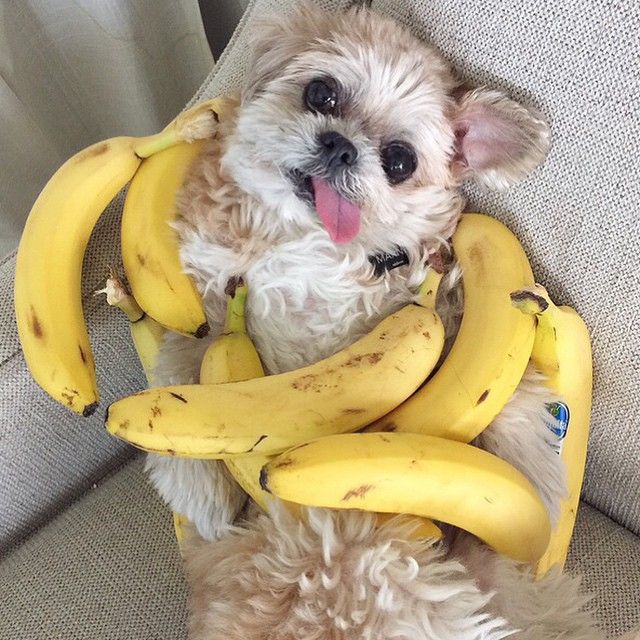
Can Dogs Eat Baby Formula?
If your dog gets into baby formula, you don’t have to worry too much. According to the Pet Poison Helpline, eating too much baby formula might give your dog a stomach ache, but it won’t hurt them.
While baby formula does contain iron that could be toxic to dogs, there is usually such a small amount that it doesn’t bother them.
It’s still a good idea to keep your dog away from baby formula.
Can Dogs Eat Gerber Baby Food?
Yes, dogs can eat Gerber baby food as long as it is pure fruit or vegetable. Do not give them any kind of baby food with onions or garlic.
Otherwise, it is safe to give your dog baby food that is made from single-sourced fruits and vegetables. However, you should be careful with how much they eat. Baby food is high in sugar and low in fiber, which isn’t a healthy combination for dogs.
Baby food won’t meet your dog’s nutritional needs. But it can be a good idea if they have a sensitive stomach.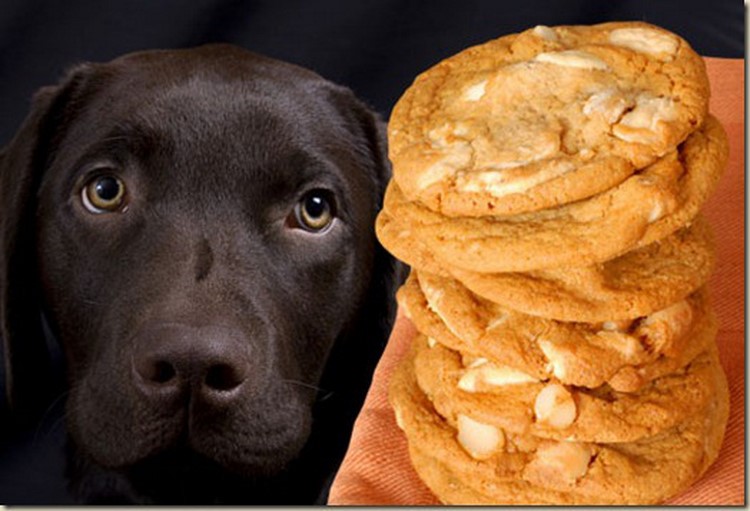
Is Banana Baby Food Good For Dogs?
Yes, banana baby food is safe for dogs. Before you start doling out these sweet jars, hold back and only give it to them in moderation.
Bananas are actually healthy for dogs. They are a fantastic source of vitamin B6 and C. They are also rich in potassium too.
Too much sugar in a dog’s diet can lead to obesity and diabetes. Bananas contain natural sugars that you still need to be careful with.
It’s ok to add a little bit of banana baby food to your dog’s food, just don’t give them too much every day.
Pumpkin Baby Food For Dogs – Yes or No?
Pumpkin is a very safe flavor to feed your dog. Vitamin A is good for their eye health and the high amount of vitamin C will boost their immune system.
You can either mix pumpkin baby food in with their dog food or make some dog treats with pureed pumpkin.
Can Dogs Eat Baby Puffs
Lots of dog owners buy baby puffs and give one or two at a time as dog treats. As long as your dog doesn’t have any food allergies, these are safe for them to eat and a good choice.
As long as your dog doesn’t have any food allergies, these are safe for them to eat and a good choice.
The main ingredients in baby puffs are:
- Rice flour
- Whole wheat flour
- Cane sugar
- Whole grain oat flour
Then, depending on the flavor you buy, it might have some fruit puree in it too.
Rice cereal and oatmeal cereal are also safe for your dog as an occasional treat. It’s always better to feed your dog whole foods since they need more fiber than sugar. But these are safe options in moderation.
Is Baby Food Good For Dogs?
Baby food can be used as an ingredient in dog treats or added to their regular food. It should not be used as a substitute for dog food since it doesn’t contain all the fiber and nutrients they need.
Baby food can be used to coax a sick dog to eat and a great way to help them take their medicine.
Best Baby Food For Dogs
Meat, fruit, and vegetable are all safe types of baby food to give to your dog in moderation.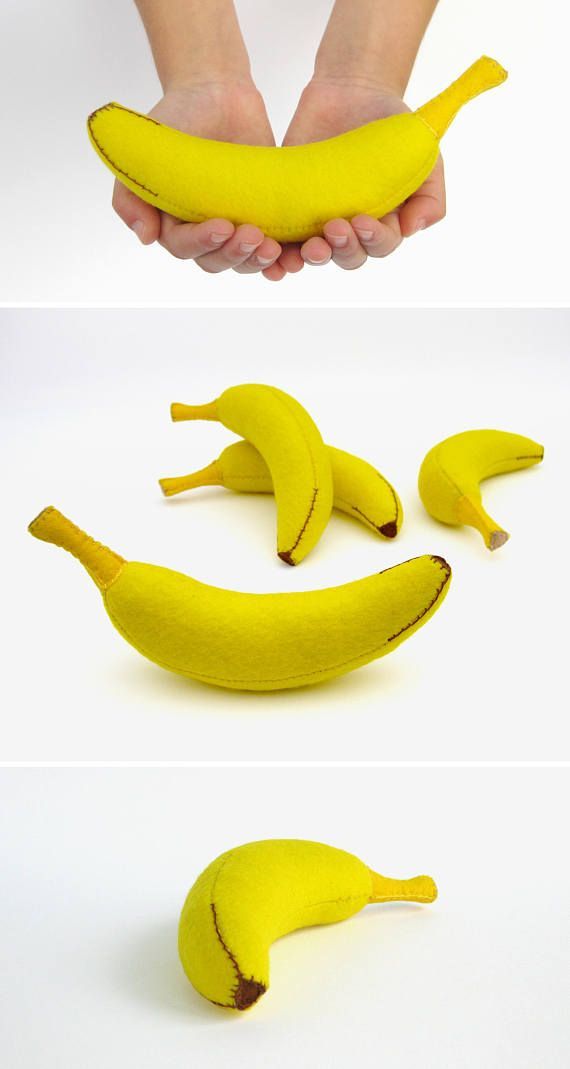 Things like mashed baby carrots or other safe vegetables are a good thing to give your pet in addition to their regular diet.
Things like mashed baby carrots or other safe vegetables are a good thing to give your pet in addition to their regular diet.
Always look for baby food that is made with as few ingredients as possible. Avoid anything with onion or garlic powder.
Can Puppies Eat Baby Food?
Just like full-grown dogs, it is safe to give puppies baby food. However, puppies need a lot of protein and fiber to grow. High-quality commercial puppy foods will have all the amino acids and nutrients they need while they are growing.
Can Puppies Eat Baby Formula?
Can you give a newborn puppy baby formula? The short answer is that the best option is always their mother’s milk. If at all possible, keep the puppies with their mother and let her feed them until they naturally wean.
If this isn’t an option, then you should only give it puppy formula. Human formula won’t harm them, but it isn’t designed for them and doesn’t have the correct balance of nutrients.
Puppy formula is the closest thing to a dog’s natural milk.
Baby Food For Sick Dog
If your dog is sick and doesn’t want to eat regular food, the baby food can be an easy way to coax them to eat. Put a little bit on their nose. Then, put a little bit with their food. Use it sparingly so it is more of a treat. It should not replace their regular meals.
Feeding A Sick Dog
Lots of veterinarians will give baby food to sick dogs who refuse to eat solid foods. They give them a little bit in a syringe if they are really lethargic. This bit of sugary foods will give them more energy and interest in their normal food.
Liquid Food for Sick Dog
If your dog has an upset stomach, always consult your veterinarian first. Always take their advice before trying any home remedies.
Some vets will suggest a liquid food diet for dogs.
That means you can give them mild, whole-food baby food. Other options include bone broth and pumpkin.
Baby Food For Dogs: Final Thoughts
The biggest warning about giving baby food to dogs is that it could make your dog a picky eater.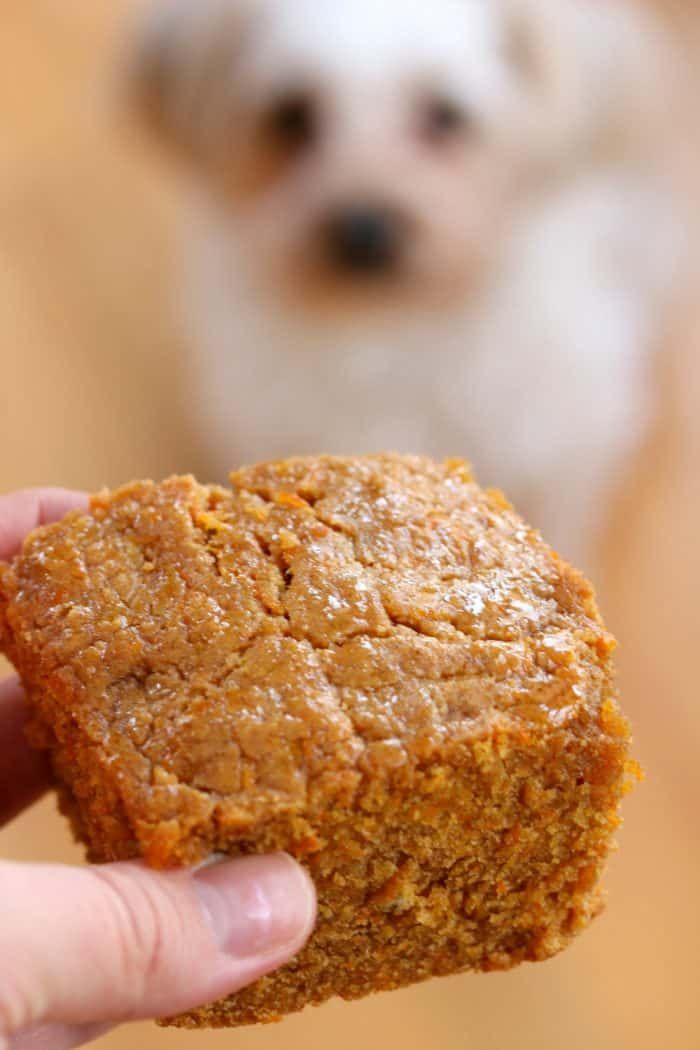 It is so easy for dogs to eat that they tend to only prefer the sweet-tasting baby food over their more nutritious solid options.
It is so easy for dogs to eat that they tend to only prefer the sweet-tasting baby food over their more nutritious solid options.
Only use baby food when you absolutely need to. You can use it to make your own homemade dog treats and to coax a sick dog to eat. Do not use it full-time as a substitute for their complete nutrition.
More Dog Food Resources
As you keep learning about what your dog can eat, here are some more articles on human foods for dogs.
- Can Dogs Eat Animal Crackers
- Fennel for Dogs
- Can Dogs Eat Sauerkraut
- Dogs and Crawfish
- Can Dogs Eat Tahini
Find lots of articles about food dogs can eat and ones they can’t right here on Spoiled Hounds!
📌 Pin this to save and share 📌
Pin me, please!7 Types of Baby Food that Your Dog Can Eat
Please share!
 As an Amazon Associate I earn from qualifying purchases. Please read my disclaimer for additional details..
As an Amazon Associate I earn from qualifying purchases. Please read my disclaimer for additional details..Having dogs is fun when you remember the love and attention that they give to you. If you have dogs, you tend to give them a lot of treats and delicious meals.
What treats can you give to dogs?
Some dog owners give their dogs baby food. Can dogs eat baby food? If so, what type of baby food can dogs eat? Here are seven baby food ideas for your dogs:
Table of Contents
1. Baby Formula
Baby formula is packed with every nutrient essential for the growth of your baby. Guess what, even dogs can eat baby formula. Baby formula will enrich your dog’s diet with proteins, carbohydrates, vitamins, and other needed nutrients.
Dogs need less iron in their food than we do and baby formula has some iron in it, but not enough to make it unsafe for dogs to consume. Dogs also need fiber in their diet, but the fiber content in baby formula is low.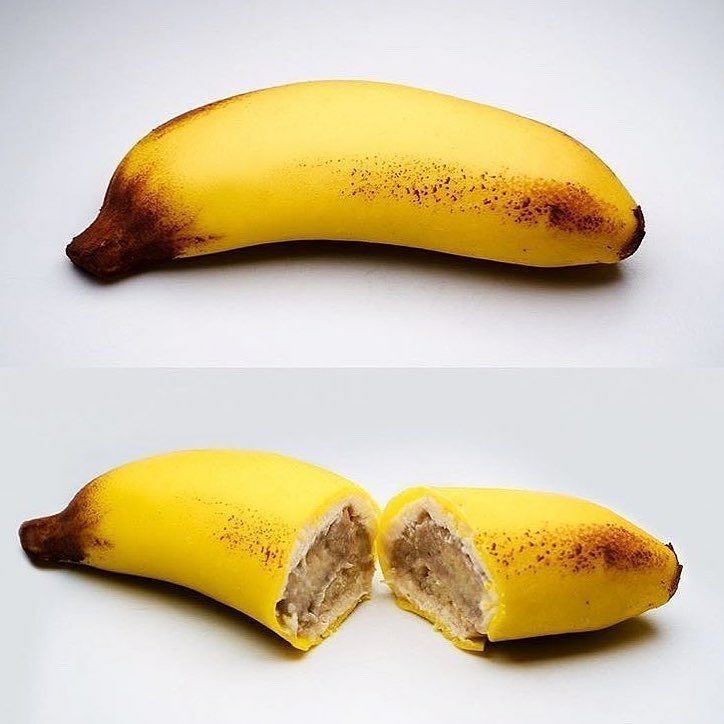 This means that you should give baby formula to dogs as treats and not regular meals.
This means that you should give baby formula to dogs as treats and not regular meals.
2. Gerber Baby Food
Gerber baby foods are completely safe for dogs just like your baby. Most Gerber foods are made with fruits and dogs love their fruits. Gerber foods also have a lot of vitamins and minerals that your dog needs.
Both young and old dogs can eat Gerber baby food. You can even use this type of food to give an appetite to sick dogs.
3. Fruits
Fruits are essential for dogs as they are natural, delicious, and nutritious. Examples of fruits that both babies and dogs can eat are:
- Bananas: Sweet ripe bananas are treats for your dogs. Bananas are rich in potassium and other nutrients for your puppies and adult dogs.
- Pumpkins: Do you love pumpkins? Well, so do dogs. Give only ripe pumpkins to dogs.
- Apples: Dogs can eat apples and they love apples. Please do not allow your dogs to eat apple seeds as they can be toxic to dogs.

- Blueberries: These berries are rich in antioxidants, so they are safe for your dog and help to boost their immune system.
- Cantaloupe: This fruit is an awesome source of water and nutrients for dogs. Give cantaloupes to your dogs when they are hot.
- Pineapples: A lot of babies love pineapples as well as pineapple juice. If you have leftovers, you should give them to your dogs.
- Tomatoes: Tomatoes are rich in water, vitamins, and minerals for your babies as well as your dogs.
Most fruits are rich in sugars. You should give fruits to your dogs like treats, not a regular meal.
4. Vegetables
Vegetables are good for the health of your babies. Vegetables give fiber as well as vitamins and minerals to your baby. Just like babies, dogs can eat vegetables. Here are examples of vegetables that you can give to your dogs:
- Potatoes: Potatoes are tuber vegetables that are rich in starch.
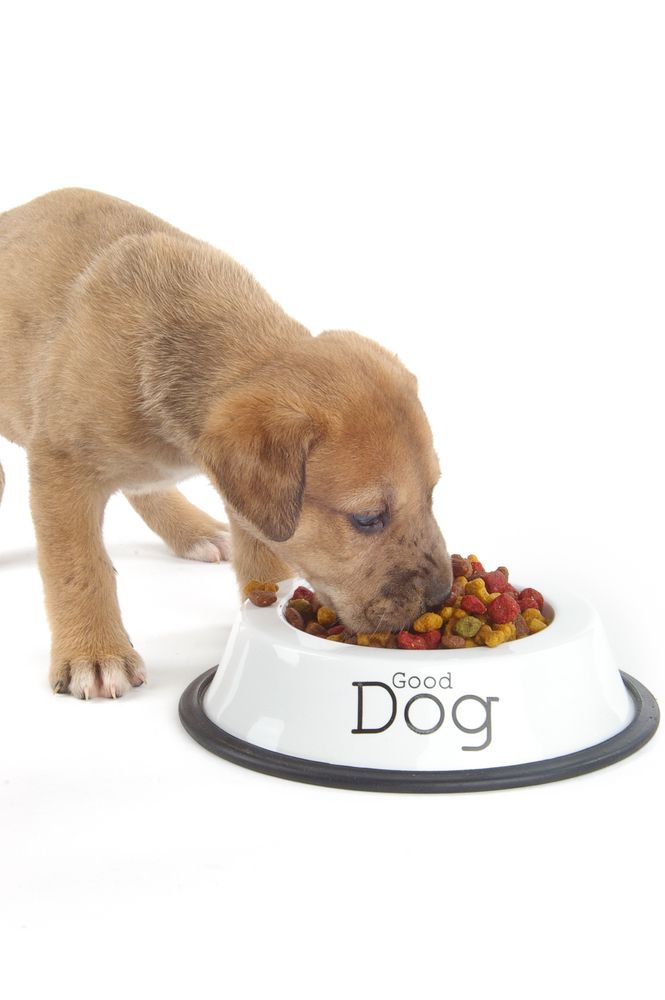 Many parents make potato pudding for their babies. You should give potatoes to your dogs as treats.
Many parents make potato pudding for their babies. You should give potatoes to your dogs as treats. - Spinach: This fiber-rich vegetable is safe and healthy for dogs. You can give your dogs spinach by mixing it with other types of food.
- Carrots: Dice or slice carrots for your dogs as they love them. Carrots are healthy treats for both young and old dogs.
- Peas: Do you have peas to spare? Why not give them to your dogs? Peas are not the favorite treat for dogs, but they still eat them when provided.
- Lettuce: Just like spinach, lettuce is a healthy leafy green for dogs.
Remember that if your dogs do not like their vegetables, you can mix the vegetables with other types of foods (foods that your dogs love to eat).
5. Baby Puffs
Do you have some baby puffs to spare? Baby puffs are delicious treats for dogs. Baby puffs are made with nutritious ingredients that are not harmful to your dogs when eaten in moderate quantities.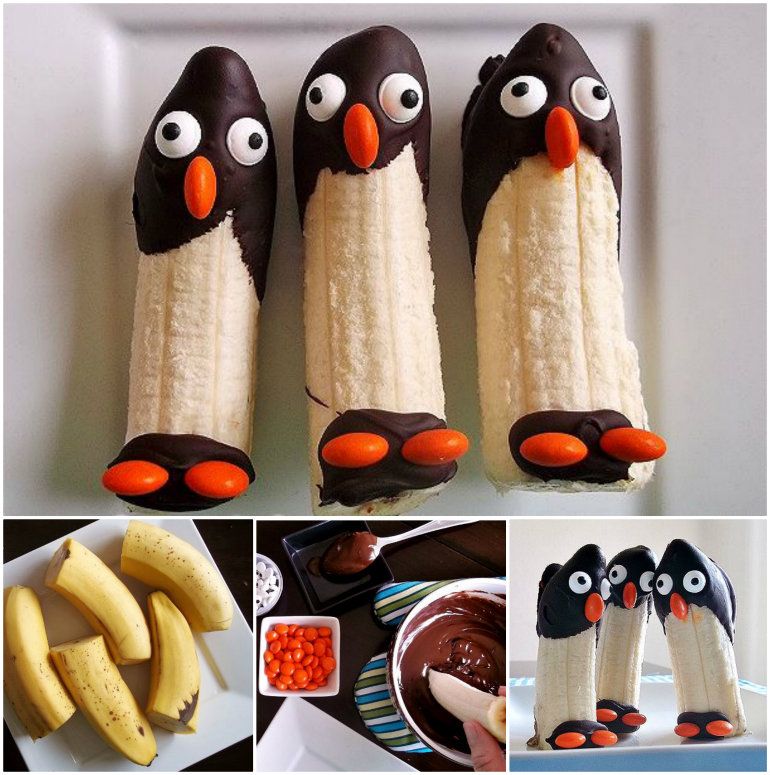 Some ingredients used in making baby puffs are:
Some ingredients used in making baby puffs are:
- Wheat flour
- Sugar
- Oat flour
- Rice flour
As you can see, baby puffs are completely safe for dogs.
6. Meaty Baby Foods
Any baby food that contains meat is probably a favored treat for dogs. Dogs need meat as well as other protein sources for their full development. You can give beef, chicken, pork, or any meaty products to your dogs. Make sure that the food is well-processed and it has not stayed open for too long before you give it to your dog.
7. Other Safe Recipes
If you make your baby food by yourself, you can give it to your dog so long as it meets the criteria below:
- It does not contain chocolates
- It does not contain toxic items such as apple seeds
- There are low levels of iron in the food
- The level of sugar is moderate to low
- It is not a medical recipe or product
Any of your special recipes that match the criteria above can be given to your dog (in little quantity).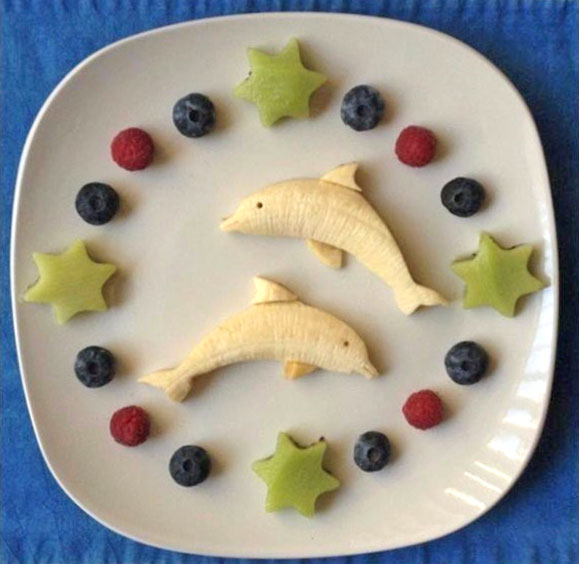 You can also ask the vet if the product or recipe is safe for dogs.
You can also ask the vet if the product or recipe is safe for dogs.
As you can see, there are so many types of baby foods that dogs can eat. Don’t throw leftovers away. Instead, give them to your dogs as treats or meal-toppers!
Related Questions and Answers
Here are answers to a few similar questions:
1. Should You Replace Your Dog Food with Baby Food?
You should not give only baby food to your dogs. Baby food is usually high in carbohydrates and low in fibers and dogs need their fiber and very little sugars. Baby food can also be expensive, so giving only baby food to your dog can cost you a lot of money.
Instead of giving baby food to dogs regularly, here are some recommended methods of giving baby foods to dogs:
- As Treats and Rewards: Give baby food to dogs as treats. This means that you should give it occasionally and not often. Dogs love baby food (especially baby formula and meaty foods).
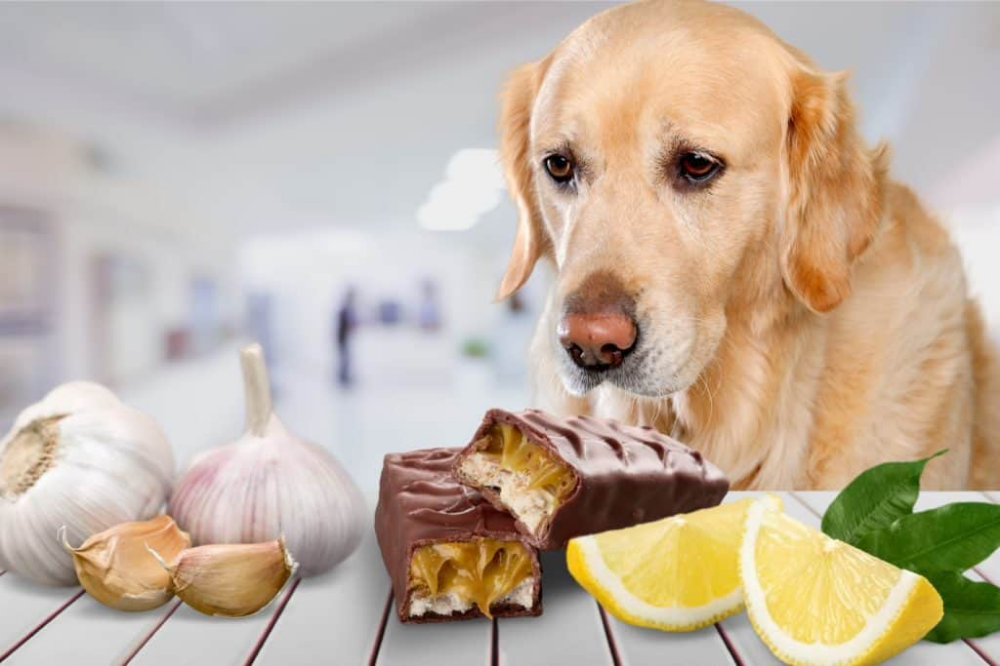 You can use baby food to reward dogs for their good behavior during training.
You can use baby food to reward dogs for their good behavior during training. - Mixed with Food: Instead of giving only baby food to your dog, you can mix it with their normal food. This will help your dogs to have more nutrients from their meal.
- Give Appetite to Sick Dog: Sick dogs usually lack appetite and will reject a lot of food. If your dog is rejecting meals, try to mix some baby food with their meal. Baby food will usually increase your dog’s appetite to eat.
- To Change Your Dog’s Food: When you change the food of your dog, they might lack interest in the new food. Try adding baby food to the new food for a few days to see if your dog will accept the food.
Giving baby food to your dogs just once in a while can increase the value that your dogs have for baby food. This makes baby food an awesome treat for dogs.
2. Can Puppies Eat Baby Food?
Puppies can eat baby food such as formula, baby puffs, fruits, meaty products, etc.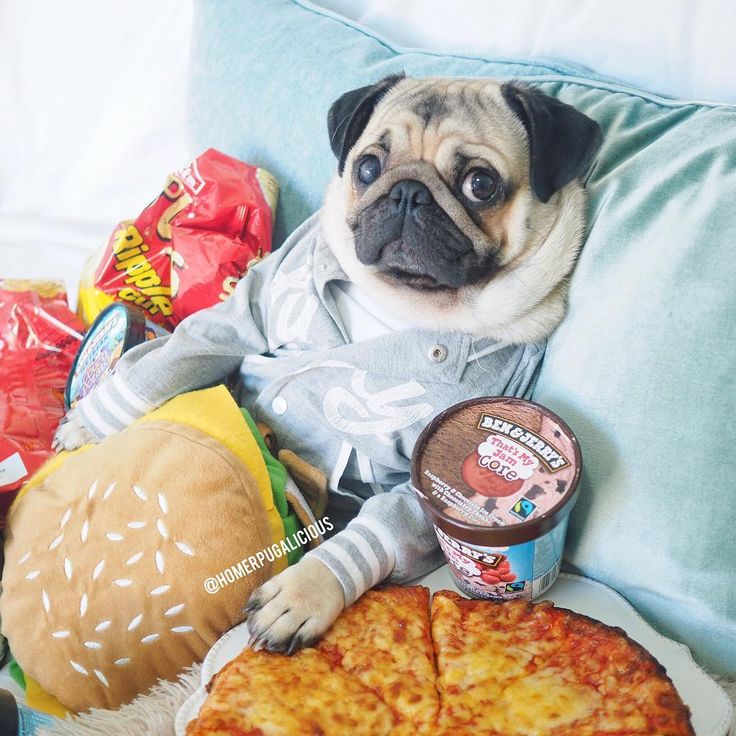 One good quality of baby foods is that they are always very easy to digest. When your puppies eat baby food, they get nutrients quickly, and thus, baby food is beneficial for them.
One good quality of baby foods is that they are always very easy to digest. When your puppies eat baby food, they get nutrients quickly, and thus, baby food is beneficial for them.
Since puppies have their own formula which is cheaper than baby formula, you should give them baby food as treats and not their actual meal.
3. Can Baby Foods Make Dogs Sick?
Baby foods can make dogs sick at times. For example, baby food can give dogs stomach aches and headaches if they eat too much of it (especially when the food contains a lot of sugars). Also, baby food can make dogs sick when it has gone bad.
If you are giving leftover baby food to your dogs, make sure that it has not been open for a long time. Don’t give spoiled baby food to dogs nor other animals.
4. Can Cats Eat Baby Food?
Just like dogs, cats can eat baby food, but as treats and not actual foods. Cats love meaty baby foods even more, so you can give your cats some leftover products containing beef, chicken, pork, and other types of meat.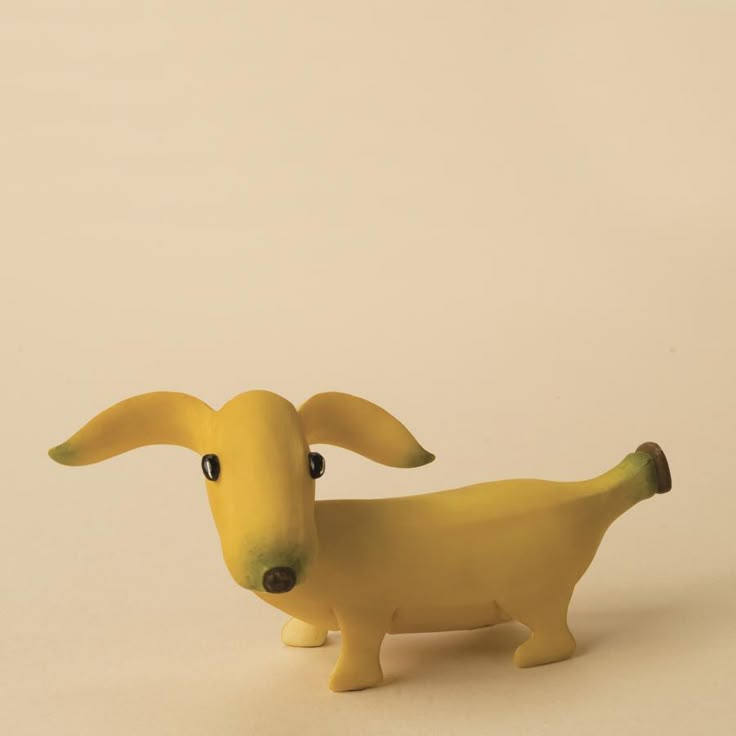
Don’t give too much baby food to cats else they might refuse to eat other foods (who wouldn’t prefer baby foods?).
5. Other Animals that Can Eat Baby Food
Here are examples of other animals that can eat baby food:
- Chinchillas: Chinchillas can eat plant-based baby foods such as fruits and vegetables.
- Guinea Pigs: Just like chinchillas, guinea pigs only eat plant-based products.
- Pigs: Pigs can eat several types of baby foods. Make sure that you do not give them too much.
- Rabbits: You can give your leftover fruits and vegetables to your pet rabbits as rabbits love to eat baby food.
- Goats: Got any baby food to spare? Goats can eat several types of baby food, but you should give them only plant-based products.
You should not waste your leftovers of baby food by throwing them away. Instead, give them to your pets and farm animals.
Found the answer to your question yet? I hope so!
Final Thoughts
Dogs can eat different types of baby foods.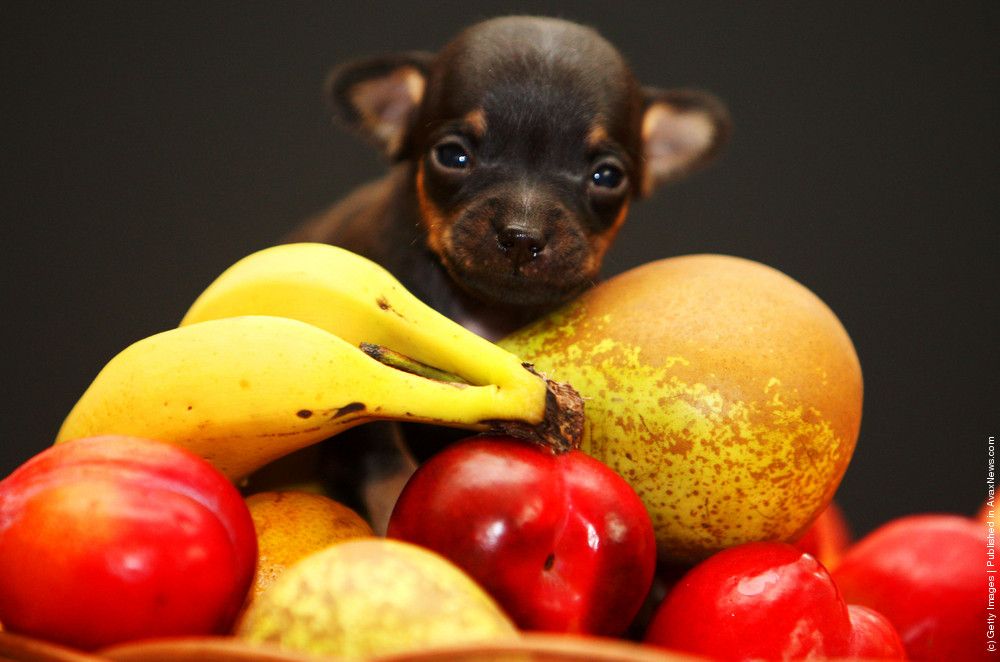 Dogs eat baby food products such as Gerber foods, vegetables, baby puffs, meaty foods, etc. Even though dogs can eat baby foods, you should make sure that they only eat baby food occasionally and not regularly.
Dogs eat baby food products such as Gerber foods, vegetables, baby puffs, meaty foods, etc. Even though dogs can eat baby foods, you should make sure that they only eat baby food occasionally and not regularly.
Sources
- https://spoiledhounds.com/can-dogs-eat-baby-food/
- https://www.akc.org/expert-advice/nutrition/fruits-vegetables-dogs-can-and-cant-eat/
- https://www.akc.org/expert-advice/nutrition/six-foods-to-feed-your-dog-when-hes-sick/
- https://animals.mom.com/how-to-make-an-automatic-dog-feeder-12179954.html
Can dogs have bananas | Hill's
Dogs love our food. However, many foods that a person eats regularly are not suitable for them. Some can even be very harmful. Can dogs eat bananas? Brief information about these fruits in the life of dogs and their benefits - later in the article.
Benefits of Feeding Bananas to Dogs
Bananas are rich in potassium and vitamin C and are a good source of vitamin B6, manganese, biotin and copper, all of which are good for a dog's overall health.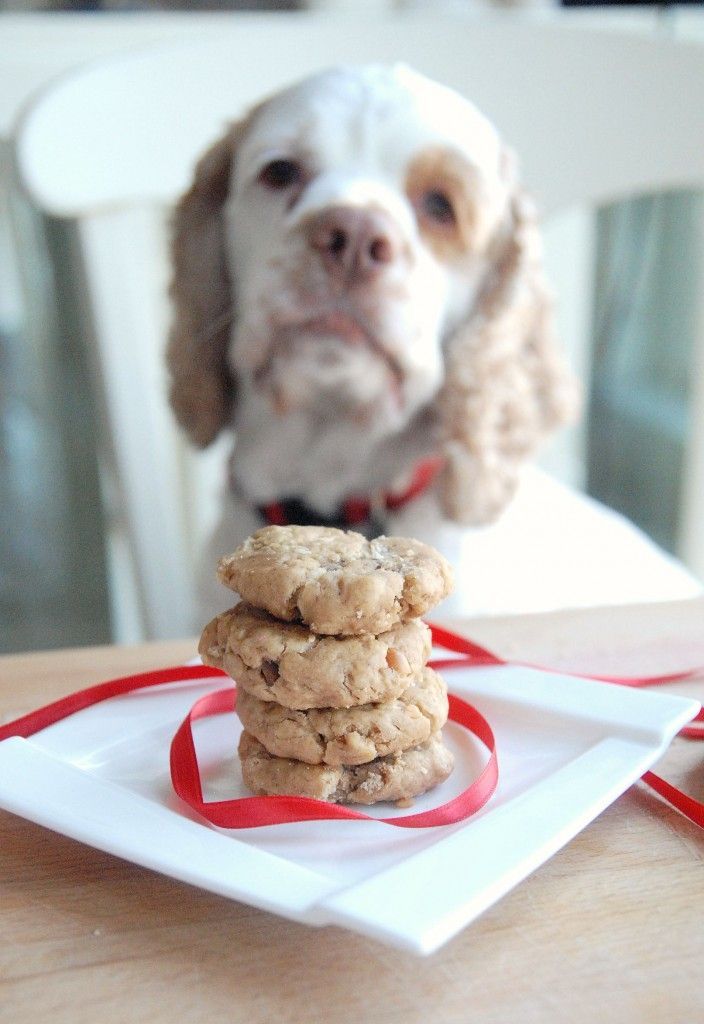 This fruit is high in magnesium, which promotes better absorption of other vitamins and promotes healthy bone growth, according to the American Kennel Club (AKC).
This fruit is high in magnesium, which promotes better absorption of other vitamins and promotes healthy bone growth, according to the American Kennel Club (AKC).
Disadvantages of feeding bananas to your dog
In addition to healthy nutrients, bananas contain a lot of sugar. Therefore, they should only be given as a special treat, not included in the dog's regular diet. The fiber found in bananas is good for your pet in small amounts, but eating too much banana can cause constipation rather than prevent it.
Can a dog eat a banana peel? This can lead to nausea and intestinal blockage. When throwing away the banana peel, make sure the dog can't get to it. Shredding food waste in a grinder may be a better way to get rid of banana peels, especially if your dog likes to dig through the bin.
Banana Feeding Safety
If your dog grabs a banana and eats it whole with the skin on, call your veterinarian right away. Signs of nausea, digestive problems, or intestinal blockage may be a reason to go to the emergency room.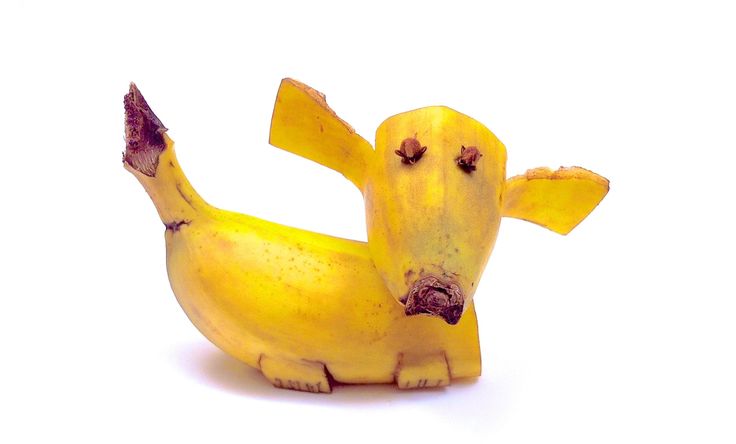 When introducing a banana to a dog's diet, watch for allergy symptoms, such as unhealthy itching, and signs of weight gain. If your dog is diabetic or has problems with high blood sugar, it's best to keep bananas away. Your veterinarian will be able to provide you with the most accurate information on whether you can periodically give your dog a banana as a special treat.
When introducing a banana to a dog's diet, watch for allergy symptoms, such as unhealthy itching, and signs of weight gain. If your dog is diabetic or has problems with high blood sugar, it's best to keep bananas away. Your veterinarian will be able to provide you with the most accurate information on whether you can periodically give your dog a banana as a special treat.
How to give bananas to your dog
Some dogs like the taste of bananas and eat them straight from their hands, but there are others who have to be coaxed. To feed your dog a banana, you can try one of the following tactics:
- Mash the banana in the food
- Mix some banana with peanut butter. It is important to remember that peanut butter is another food that dogs should consume in moderation. It should not be used as a regular treat or reward.
- Fill the food dispenser with banana puree and freeze it.
- Freeze a banana before peeling and slicing and give the frozen slices to your dog.
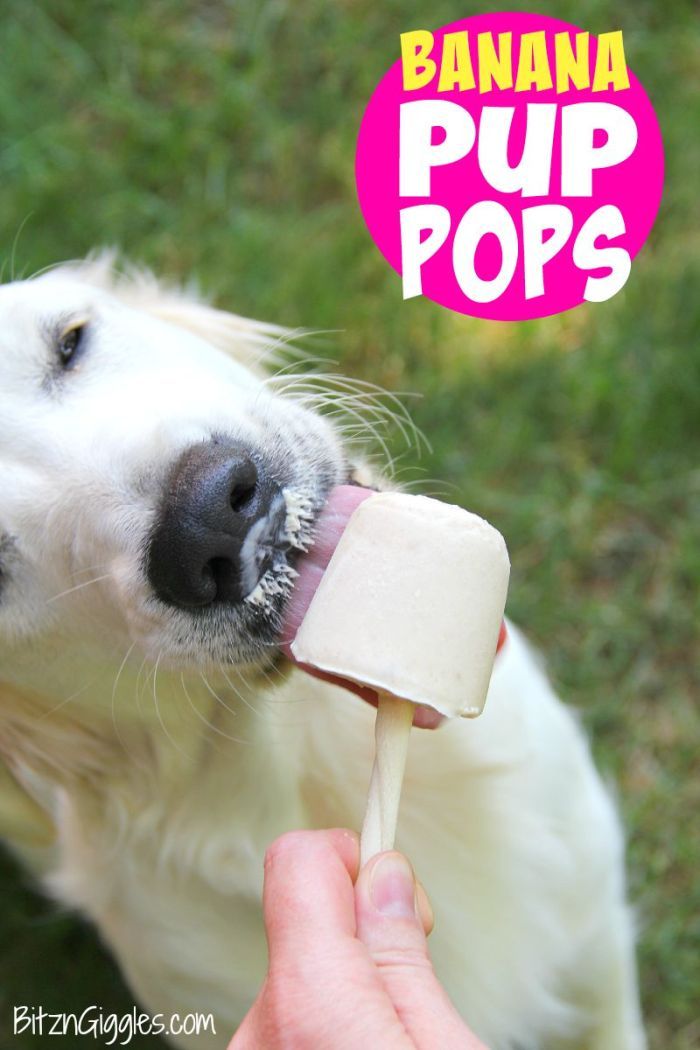
- Offer your pet a dog treat that contains a banana as an ingredient and see if they like the taste.
Can a dog eat a banana? In short, yes, but in moderation. Bananas are rich in nutrients but are a sweet treat that should only make up a small portion of a pet's total diet. If you have any doubts about feeding your four-legged friend fruits and berries, consult your veterinarian. He will tell you which nutrient sources are best for your pet.
Contributor Bio
Jean-Marie Bauhaus
Jean-Marie Bauhaus is a pet lover, blogger, and novelist based in Tulsa, Oklahoma, who writes about the life of pets under the watchful eye of a group of furry friends.
Banana cricket | chameleonworld
Crickets (Grullidae) are the most accessible and nutritious food for numerous terrarium animals, second only to locusts. The banana cricket (Gryllus assimilis) is the most common among terrariumists. The size of crickets is 1. 8-2.5 cm, females are 12-16 mm longer due to the ovipositor. The life span from birth to death is a maximum of 60 days, of which the adult stage (imago) lasts about 2 weeks.
8-2.5 cm, females are 12-16 mm longer due to the ovipositor. The life span from birth to death is a maximum of 60 days, of which the adult stage (imago) lasts about 2 weeks.
Insect cages should be well ventilated. Crickets jump well but cannot climb smooth surfaces, so if the container is high enough (40 cm) to keep them, a lid can be dispensed with. But for reliability, it does not hurt to smear the container around the perimeter with petroleum jelly - in case insects can climb along the seam.
It is better not to use the substrate in the cage at all because of the danger of mites. As shelters, cardboard egg cells or just crumpled paper are usually placed.
Banana cricket is thermophilic. A temperature in the range of 28-30 ° C is required. Insects do not need additional moisture, so you should not spray the container, and with enough frequent feeding of succulent feed (vegetables and fruits), you can do without a drinker. If you still decide to put a drinker, then, so that the insects do not drown in the water, fill it with vermiculite, for example.
Very beneficial for colony development would be exposure of crickets to lamps with 5%-10% ultraviolet content.
Food for crickets is usually: rolled oats, bran, milk powder, food for cats, dogs and aquarium fish, etc. Be sure to give crickets juicy food. for the purpose of redemption, it is necessary to give protein foods (for example, infant formula, boiled egg white, gammarus, boiled meat, etc.). Dry food should be available at all times, and wet food should not be left for a long time, ideally they should be replaced 1-2 times a day so that mold and parasites do not start.
Only winged adults participate in reproduction. The optimal ratio is considered to be 1 male to 3-4 females, it is not difficult to distinguish a female from a male by the presence of an ovipositor. For laying eggs, plastic or glass containers are placed in cages, at least 4 cm deep, filled to the brim with a moist substrate: coconut substrate with vermiculite, peat with sand or vermiculite, loose earth with vermiculite.




